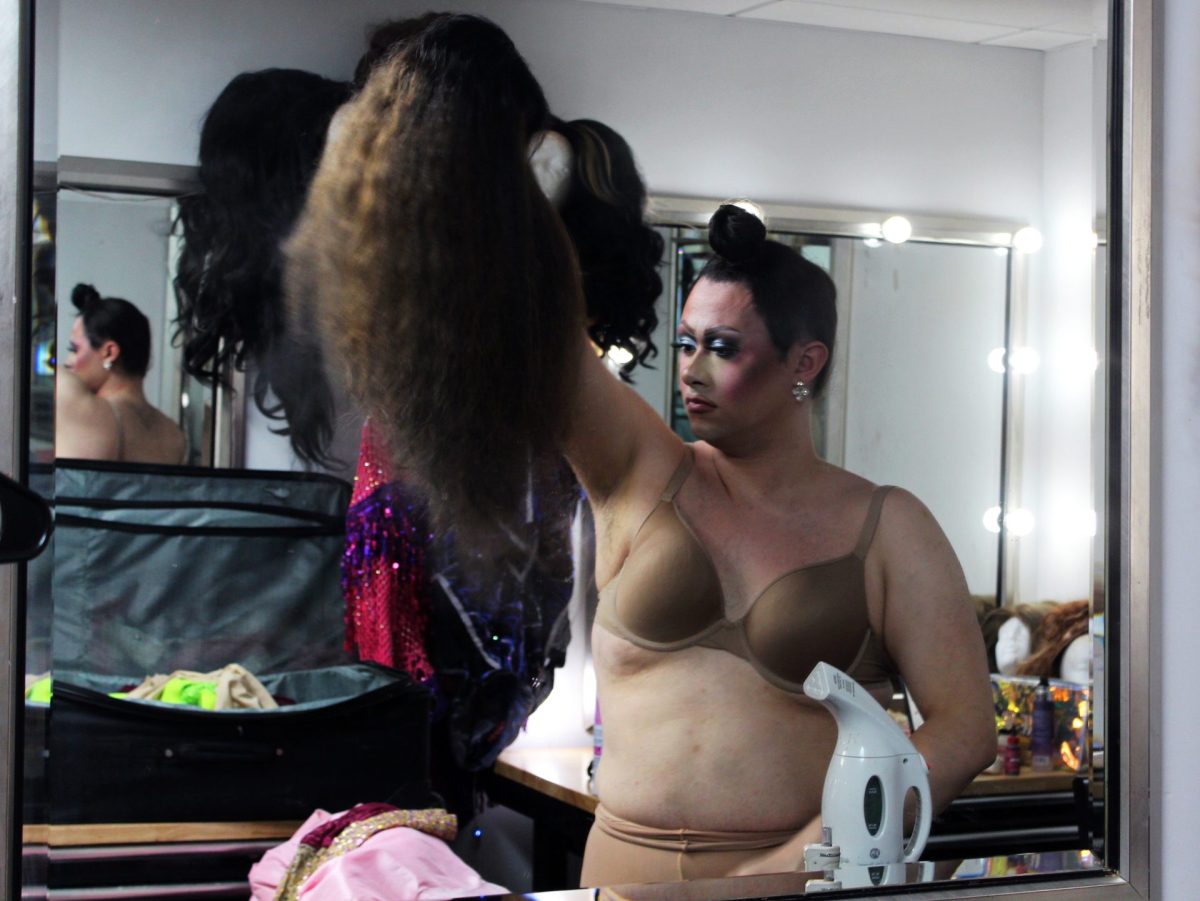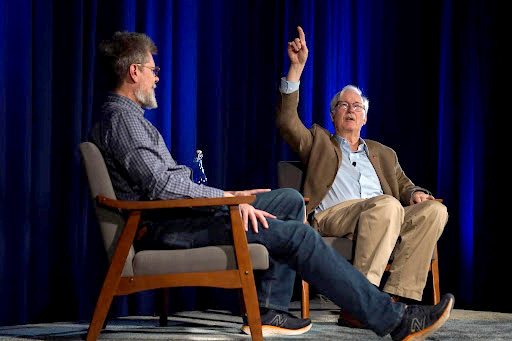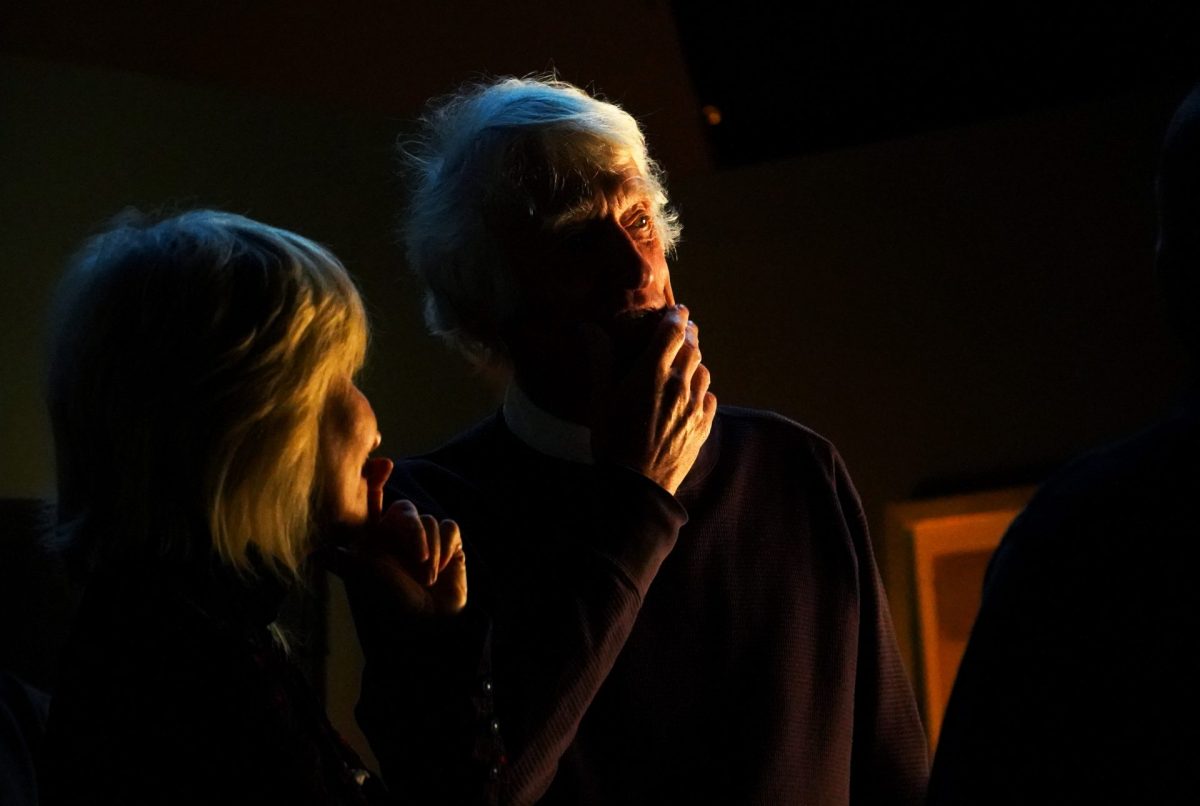
There’s a new trend in cinema. The faces sitting in the dark of movie theaters are lit from the soft glow of the newsroom movie playing. And they watch the excitement of journalists frantically scrambling to write their stories on deadline.
With films such as “Spotlight,” “Truth” and “Nightcrawler,” as well as TV shows including “The Newsroom” and “The House,” people are exposed more frequently to the drama of the journalism industry.
Whether or not these films offer an accurate representation of the industry is up for debate.
Every film is different, but the side of journalism that we see in these movies can be overdramatized.
“I wouldn’t say (journalism films are)accurate, but sometimes the film industry is about giving people what they want,” Deanna Williams, a freshman studying digital cinema said.
Amy Merrick, a journalism professor at DePaul, who worked for the Wall Street Journal and contributed to the New Yorker’s Currency blog said that journalism actually can be a dramatic field to enter into.
“A lot of the time in newsrooms you just see people at computers, but they’re often talking to people about the most dramatic experience of their life, physically or emotionally. So it can be an extremely dramatic experience,” Merrick said.
Opinions on journalists vary, as some view them as corrupt and others see them as truth-seekers, and opinions on recent journalism films have varied as well.
“Truth,” about the end of Dan Rather’s career as a news anchor at CBS received mixed reviews, but “Spotlight,” about the Boston Globe’s work on the Massachusetts Catholic sex abuse scandal has received widespread critical acclaim so far.
“The more people see examples of good journalism being practiced, the more people understand and have respect for that field,” Merrick said.
While this certainly helps to build up a positive reputation for the journalism industry, there are some ways in which certain films can do harm to journalists as well.
“My bigger problem with the representation of journalism in film is the role of women, and how they constantly are oversexualized,” Isabella Jorgensen, a sophomore at DePaul with a double major in journalism and media and cinema studies said.
“It’s made to seem as if it’s not their talent or their skill that’s getting them to a certain place in their industry, but rather how far they’re willing to go in terms of sexual favors, and gross misrepresentations of passion and drive.”
A January article by Marin Cogan from New York Magazine written in January titled “Why Can’t Hollywood Get Female Journalists Right?” argues that the misrepresentation of women in journalism has made an indent in people’s perceptions of women in journalism.
Cogan details how she was talking with two teenage girls about a story she was writing for ESPN about a football player. The teenagers made the assumption that she was sleeping with this football player in order to profile him for the magazine.
However, Jorgensen doesn’t see much of a problem with the newsroom being more dramatized for film and television.
In the end, every journalism film shows a different side of the industry and affects people’s perceptions in a different way.
A comment on any industry always has potential to be damaging, but when the direction of the film is about individual journalists rather than the industry as a whole, it becomes a question of stereotypes.
“I think it’s a great privilege and responsibility to communicate someone else’s experience,” Merrick said. “This helps us all understand the world better, make better decisions, and increase our bonds as a community.”














bishops maccormick • Nov 9, 2015 at 12:22 pm
This movie shows how tough journalism is when you’re fighting organized crime, and all of the criminals refuse to tell the truth, and have followers and supporters everywhere
This is a movie about organized crime, featuring the Catholic church, the largest organized child rape crime syndicate in the history of the US, and in
BRUTAL defiance of Jesus in Matt 18:6-14, where Jesus said childrape was unforgivable.
The Catholic church is an organized crime syndicate worse than Whitey Bulger’s from Black Mass. This movie shows how the Catholic church exhibited the
same “code of silence” that the mafia has, without the honor, as they were protecting at least 249 “confessed”pedo-priests in Boston.
Whitey Bulger killed 20 adults. The creepy pedo-priests in the Catholic church raped over 1,000 children in Boston alone, thanks to 249 pedophile priests
hidden and protected by hundreds of other priests, including Cardinal Law. (Only 90 were known at the time of the movie). The Catholic church admitted
4,329 substantiated, accused pedophile priests in the US in their own John Jay report of 2004, and of course they lied. The number is well over 6,900.
And the Catholic church hid & protected 100% of their known pedo-priests, worldwide (Matt 18:6-14).